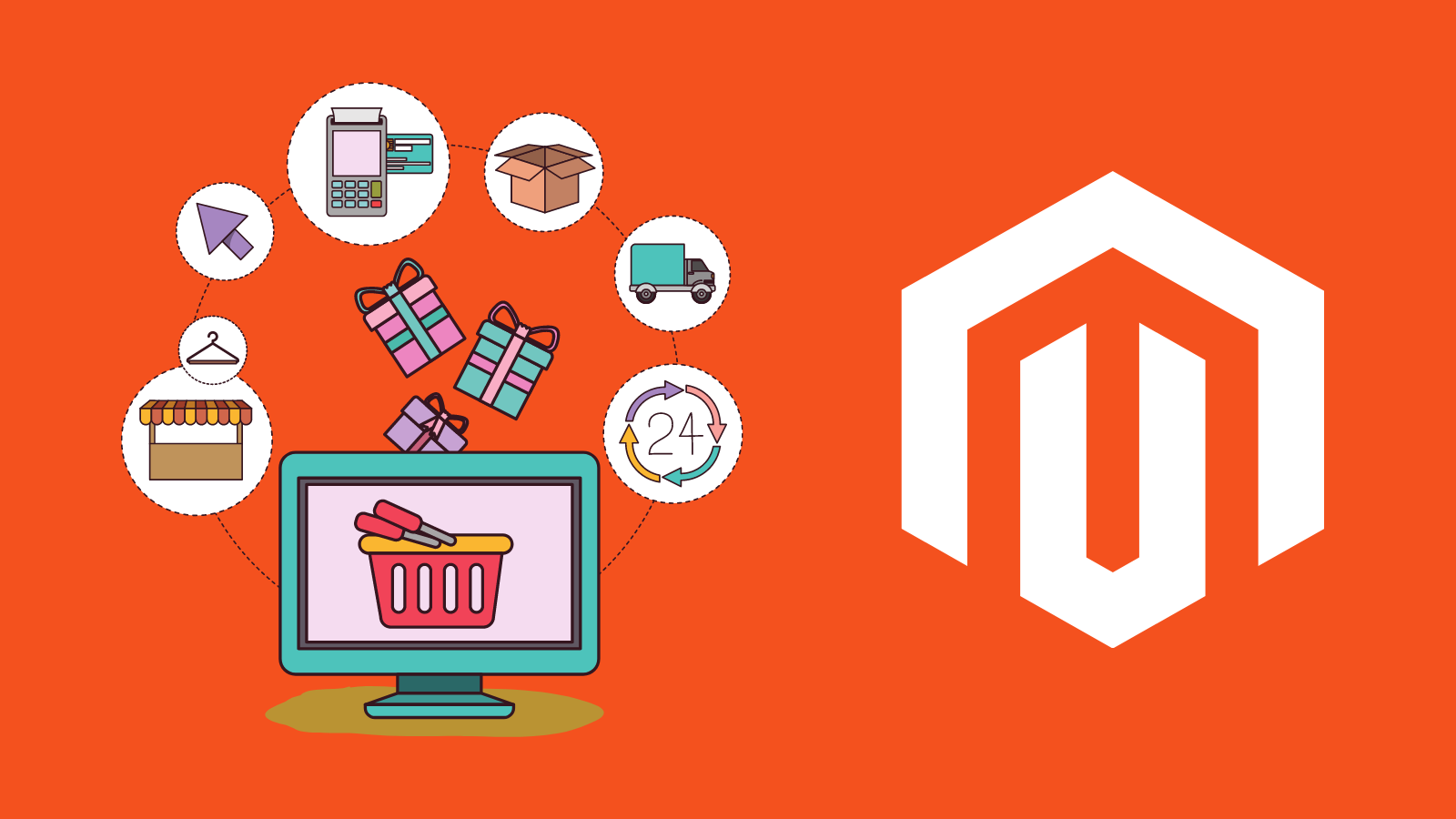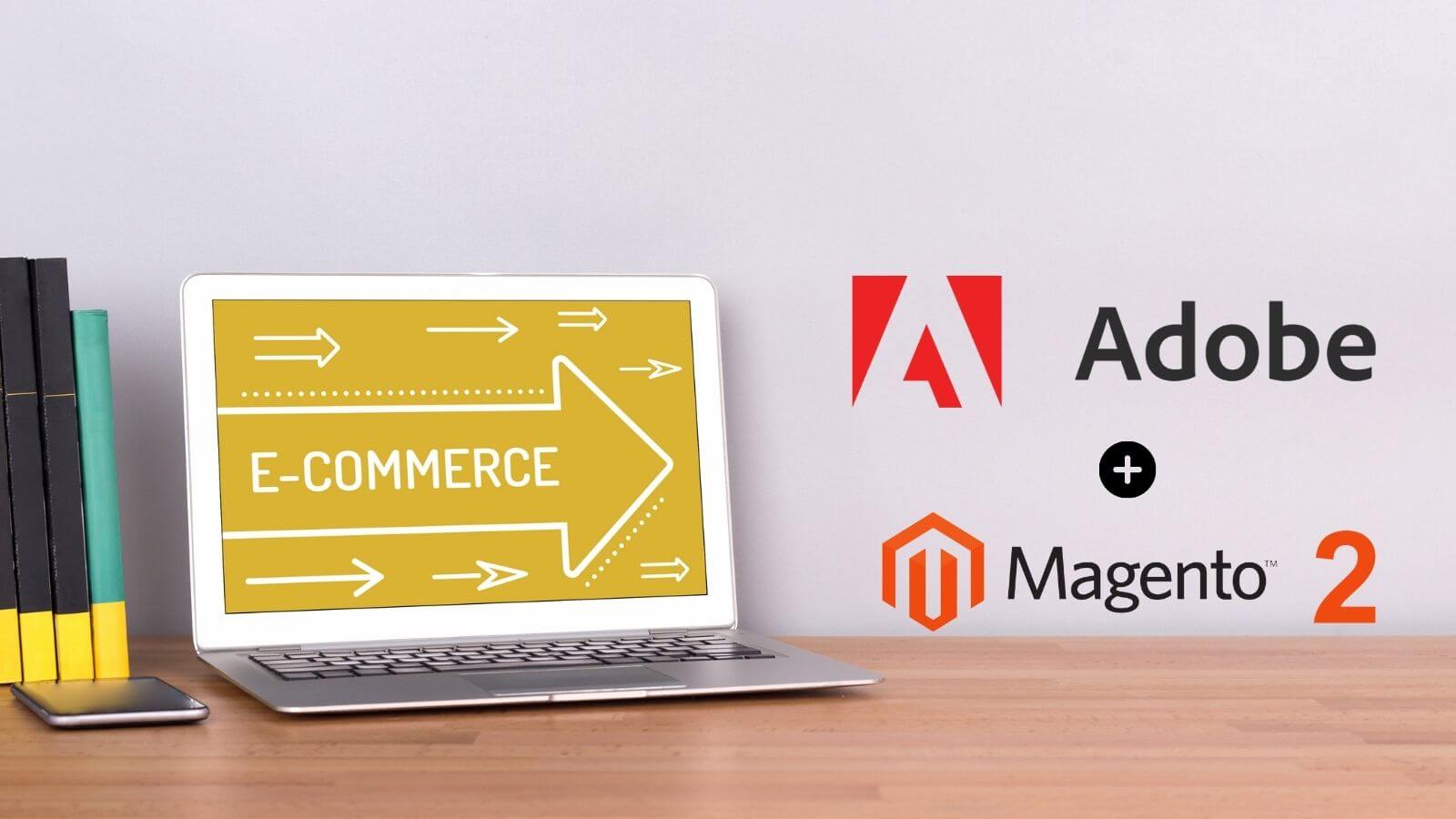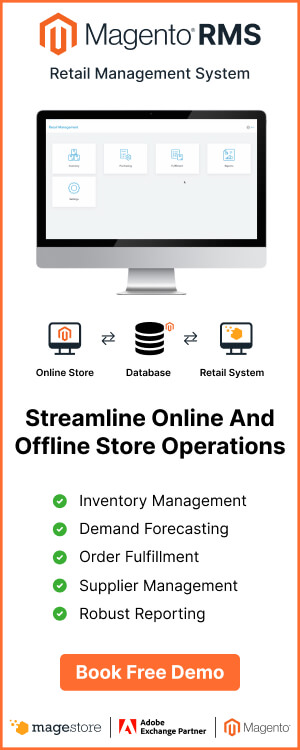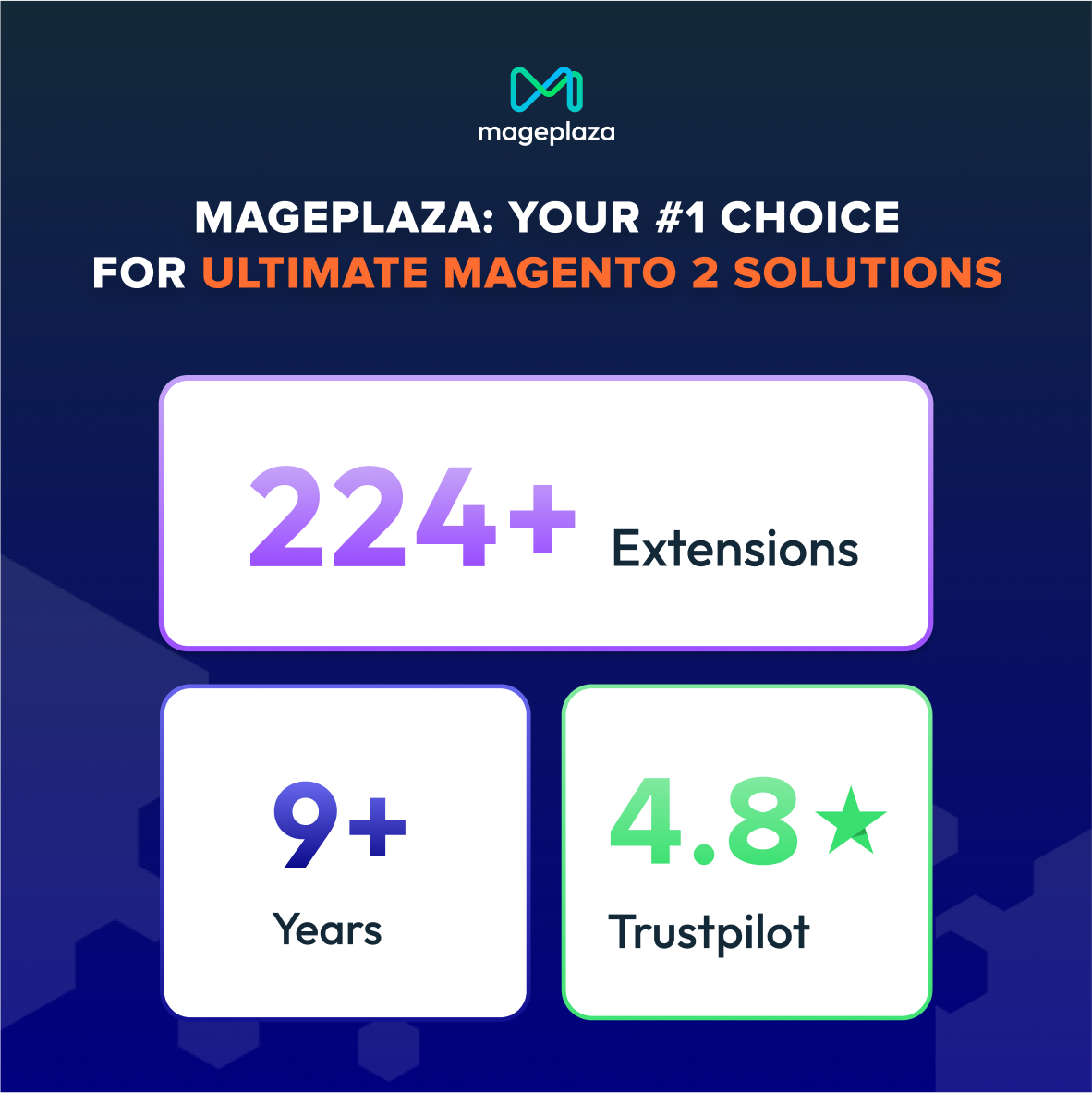In 2018, Adobe—the leader in creative designing software—acquired the market-leading eCommerce platform—Magento for $1.68 billion and got a foot in the door of Cloud Computing. The purchase gives Adobe an eCommerce platform to complete their commerce loop. This acquisition also helps Adobe serve both B2B and B2C customers globally. Let’s see what happened after the Magento acquisition.
What is Magento Commerce?
Magento Commerce is an eCommerce platform for merchants and brands across B2C and B2B industries. It gives merchants a smart management system for both their online and offline stores. Some basic features of Magento include:
- Product management
- Category management
- Client account
- Customer service
- Order management
- Payments
- Search technology
- International support
- Promotions
- Marketing tools
Magento Commerce Cloud was launched in 2016 by Magento. Cloud computing is more expensive than Magento Commerce On-premise platform because it provides a content delivery network. Magento Commerce is a leading platform of cloud commerce innovation for merchants, B2B and B2C companies.
In 2022, Magento is among the top 10 eCommerce platforms, focusing on a niche of more advanced eCommerce solutions. Magento Commerce is the top provider in the Internet Retailer Top 1000, the B2B 300, and the Top 500 Guides for Europe and Latin America, according to Magento Association.

Magento is a market-leading eCommerce platform.
Why did Adobe acquire Magento Commerce?
Adobe is a prestigious company with leadership in content creation, designing, marketing, and advertising.
In the age of information technology, commerce is integral to the consumer’s experience as they interact with businesses more on websites, mobile apps, social networks, etc. Therefore, the Magento acquisition helps Adobe meet customer’s demands on eCommerce and complete a missing piece to the customer engagement platform.
Besides, this also brings Adobe closer to becoming one of the world’s largest software companies.

Adobe acquired Magento for $1.68 billion.
When did Adobe buy Magento? The acquisition officially was on 21 Aug 2018 at $1.68 billion. This purchase gives Adobe a hand to compete with Salesforce which offers its own marketing, sales, and service offerings in the cloud. Salesforce bought Demandware for more than $2 billion in 2016 to provide a similar set function.

Magento acquisition makes Adobe become one of the world’s largest software companies.
What happened after Adobe acquired Magento Commerce?
It’s been 4 years since the acquisition. This partnership is a new step for Adobe to fill the loop in their current product portfolio.
There have been 3 editions of Magento in the market:
- Magento Open Source is recommended for small businesses. It has limited functionalities and is free to use. This is the version that Magento released in 2008 and has been continued by Adobe after the acquisition.
- Adobe Commerce On-premise (previously Magento Commerce) is the on-premise version with enterprise-level features. It covers most of all necessary eCommerce features. However, users need to do their own hosting server and CDN (content delivery network).
- Adobe Commerce Cloud is a full solution with cloud-based Adobe tools such as Adobe Experience Manager, Analytics Cloud, Marketing Cloud, etc., providing users with a flexible and scalable eCommerce solution. You can access and control your business from anywhere without a physical space to store your architecture and database.
With the increasing popularity of cloud computing, Magento, as a self-hosted solution, was losing out their market share to other cloud-based competitors like Shopify and BigCommerce. That’s why Adobe is investing both time and resources in Adobe Commerce Cloud as the future of Magento. For Magento Open Source users, you can check this article to know more about the company roadmap.
After the Magento acquisition, Adobe has developed an innovative program for Magento Solution Partners. This program helps agencies develop their engineering talents and enable them to contribute to the growth of the Magento platform. Adobe encourages them to experiment with new features on the Magento product road map. Therefore, they can speed up deliveries such as new functionalities and feature updates like storefront improvement, admin configuration, global theming, etc.

Most of eCommerce shops run on Magento
What are Adobe Commerce integrations to consider?
Adobe Commerce Cloud is a powerful eCommerce solution built on the Magento platform. It meets all retailers’ needs such as inventory management, purchase order requisitions, supplier management, etc.
To unleash the full potential of Adobe Commerce, you should consider some integrations like Magento POS and Magento ERP.
1. Magento POS
Here’s a guide from Adobe on how to choose a POS system:
- Know your business demand: The majority of POS systems can help you manage inventory and sales.
- Define the POS system type: Your chosen industry will also help you determine the type of POS software.
- Decide upon your POS budget: Each POS system has a different price depending on its functions. Therefore, you need to define how much you can pay for your POS system and choose the most suitable one.
- Know customer service expectations: You should predict your customer reaction if the system fails. Will they be okay for waiting a few days for a response via phone or email? Answering that question will help you decide your option.
If you’re looking for a POS system for your Magento business, Magestore POS offers an effective management option for the sale process, inventory management, and procurement management. It improves service speed, saves managerial time while centralizing all data in one place and providing you with insights to make better decisions.
The Magento-native POS system empowers you to manage product inventory including sale quantities and shipments. You can track your inventory flow and provide accurate stock amounts to customers across all sales channels, thus reducing the risk of overbuying and minimizing inventory costs.
Another feature that goes together with our POS system is the Magento purchase order. It automates the procurement process and helps you monitor the purchase data in one place for convenient and effective coordination.
Magento POS’s processing payments and tracking inventory are essential.
2. Magento ERP
Magento ERP integration plays an important role in business operations. It operates processes automatically and optimizes the supply chain. The common features of ERP software include CRM, financial management, project management, and inventory management.
Magento ERP software operates as a centralized data platform for various workflows. This helps users access or share data insights across functions easily and collaborate to maximize sales opportunities and order values.
At Magestore, we offer many features of Magento ERP:
- Sync data in real time: Magestore ERP can sync sales, customers, and inventory information in real time. All your online and offline business activities are gathered in a single database, thus minimizing manual entries and human errors.
- Speed up processes: Magestore ERP receives all predesigned workflows from Magento to help your staff work effectively. They can pick up the tool quickly and start operating faster.
- Support Magento’s latest version: Magestore ERP utilizes Magento’s technology from PWA to GraphQL and is compatible with the newest versions such as 2.3 and 2.4.
In conclusion
Clearly, Adobe’s Magento acquisition has impacted the market greater or less. After 4 years from the acquisition, Magento maintains a strong position in eCommerce thanks to Adobe’s effort. Many companies are growing up and transforming their business with the adoption of Adobe Commerce.
If you’re a growing retailer looking to go omnichannel or customize your system, Magento just might be the best choice. Why not start with our Magento website development service? We’ll help you build a fast website and utilize Magento’s powerful capabilities.

















